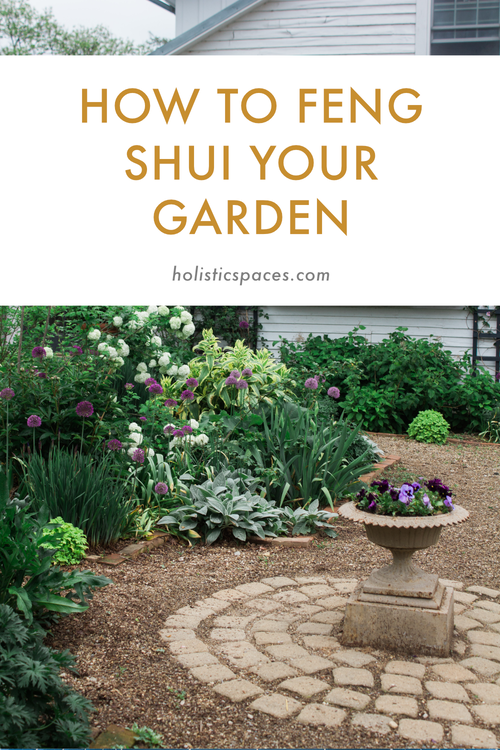Photo by Mehdi on Unsplash
We’re moving into autumn now in the northern hemisphere, which is related to the element of metal. Autumn is also related to death and things dying away as well; think about how trees shed their leaves at this time of year. While I was hesitant to talk about this on the blog, I think it’s important to recognize that not everything is all about joy and happiness and making lots of money. There are really so many aspects to feng shui practice and philosophy, and also to dharma. I also study meditation and Buddhism, and feng shui and spirituality are very interconnected.
Sadness is a part of life too, and it’s important to find a balance between yin and yang. This is something I’ve been working with personally. I think during this global pandemic we’ve all been hoping for things to stay the same or go back to how they were, and there’s an aspect of sadness to it.
I’ve been reading a lot by Chögyam Trungpa recently, who is the teacher of my dharma teachers. One of the things he wrote is a really wonderful book called Shambhala: The Sacred Path of the Warrior. Something that’s been resonating with me a lot is connecting to tenderness and sadness, which I think a lot of people don’t like to talk about. In this book, Chögyam Trungpa asks us: “How much have you connected with yourself at all in your whole life?” I would add to that: “How much have you connected with your home, your family, and all of the people in your life?” Feng shui is really about beginning to look at those details in your environment and your home, and seeing how you and your home are connected.
That’s also what the practice of meditation is about. It’s about connecting with yourself and spending time with yourself. When you do this, you may start to see that your home is empty, or that your heart is empty. With this feeling of autumn here in the Northern Hemisphere, there’s also a poignancy and a crispness in the air. We’re starting to say goodbye to summer and to the year, and there’s a feeling of endings. Just like we talk about people entering the autumn of their lives, there is also an autumn to every moment, every year, and every joy that we feel. There’s always a cycle of endings and beginnings, and we have to recognize that our lives go through transitions.
I could talk about how you could bring more joy into your home, but really I think the best way to start to do that is to include the experience of sadness and things falling away in your home as well. That might mean recognizing that it’s time to let go of a plant that isn’t doing well, trim some leaves that are no longer healthy, or change the summer bedding to the warmer bedding. We can begin to realize that things are always shifting around us, and what really leads to true joy is knowing that joy is connected to tenderness and sadness. We can see all these cycles happen in the environment around us, and then we can begin to work with them and have compassion for them in our daily lives, our spaces, and our interactions with other people. We begin to see that we’re interconnected and interdependent with our homes, our environments, the people in our lives, and all living beings.
Instead of looking at feng shui as a way to always try to make things happier, I hope that you include these feelings of sadness that may come up as part of your feng shui experience. Know that happiness and sadness are two sides of the same coin, like yin and yang. I would encourage you to look at the details in your home as a metaphor for how things are going in your life, and to recognize and accept what is coming up.
If you’d like to learn more about feng shui, check out Mindful Design Feng Shui School at: www.mindfuldesignschool.com






